ROBOTS
DEFINITION and ORIGIN
A robot is a machine able to reproduce the appearance and the behavior of living things (plants, animals, humans). The robot can take on the appearance of everything or just a part of what is being copied (an automated arm for example). Originally the word robot comes from "robota" which means working in Czech, the term was introduced in 1921 by the Czech writer Karel Čapek (Tschapek) in a theatre play, it referred to an anthropomorphic being which perfectly met the orders of its master.
Robotics is the science that studies the design of these machines
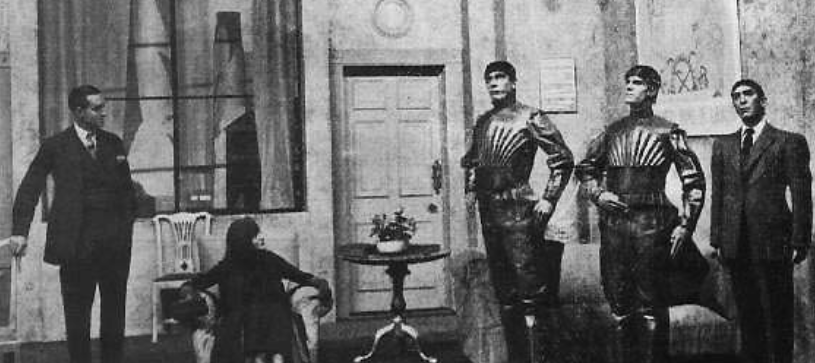
The theatre play
PURPOSES
Robots are classified into different categories: industrial robots, service robots (to help, to entertain, etc...), military robots (to frighten, to kill), etc.
To make a robot is a scientific challenge “to be able to create an artificial human being”. Scientists are playing to be God.
A robot is used to automatically perform tasks usually dangerous, repetitive, or even impossible for humans.
Examples:
Robots can replace us when more accuracy is required, or when it is impossible for us to do the job: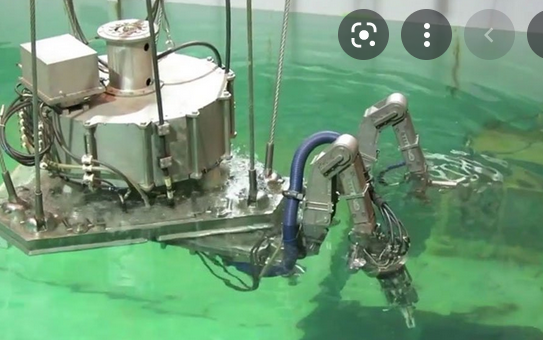
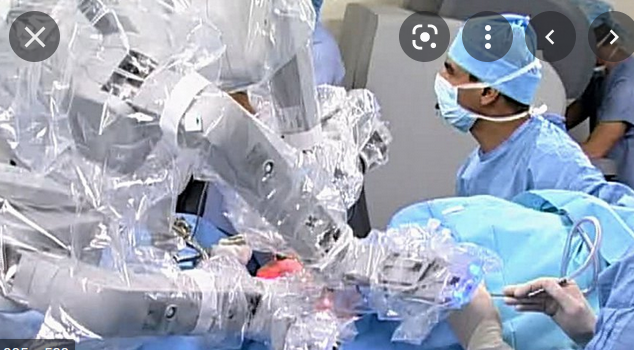
Inside a nuclear reactor remote surgery
Some robots are designed to perform boring tasks: to carry weights, to clean, etc.
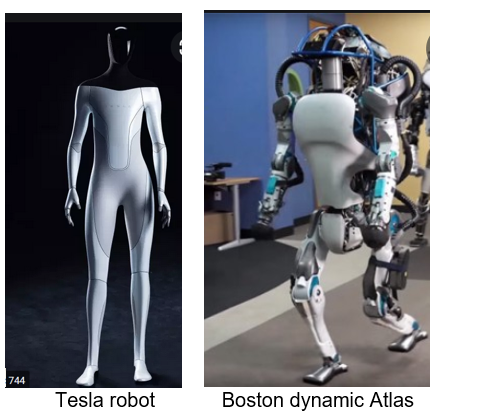
Army robots are used to frighten or to kill, currently a human being takes the decision for the robot to shoot:
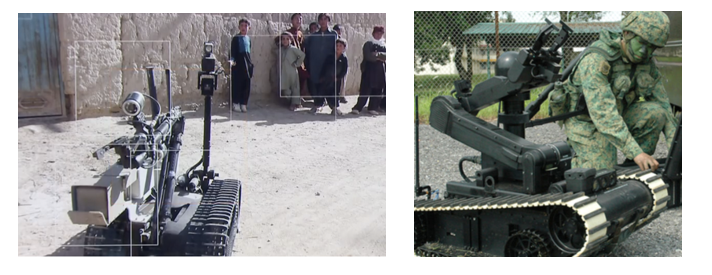
ARTIFICIAL INTELLIGENCE (AI)
It is rather easy for engineers to make a machine that can move, grab, climb and perform any kind of motion; they use sensors, electric motors, mechanisms, and controllers to achieve it.
There are two challenges that are much difficult to solve:
- To give power for long enough: as the robot embeds its power battery, there is a balance between weight and long-life power to find. Nowadays robots can’t operate for more than a few hours.
- To give “intelligence” to a robot: how could a machine learn by itself? to address this problem, the engineers analyzed what intelligence is and how we learn.
What is the biological intelligence?
The cognitive sciences study the human intelligence. Cognitive sciences have made it possible to identify the different mechanisms that are at work in the functioning of thought; this thought that allows us to speak, to move, to memorize, to reason, to plan, to be abstract or creative.
For Frederic Alexandre who is an INRIA researcher in computational neuroscience, the biological intelligence is an addition of different abilities:
- To be able to respond quickly to a complex situation.
- To be able to find the satisfactory rather than the optimal answer.
- To be able to find what is important in a piece of information.
- To be able to adapt when conditions change.
- To be able to react quickly to an unexpected situation.
The strength of biological intelligence is the complementarity of these emotional and logical abilities.
How do we learn?
There are two main ways of learning, the one that comes from knowledge transmission, and the one that comes from the experience that we acquire. The artificial intelligence researchers are attempting to implement these ways of learning on machines. This is what we call the artificial intelligence (AI).
AI Approaches
The symbolic approach is to imitate how a human being is thinking and uses its knowledge. What we learn is given to us by transmission of knowledge, rules, and procedures (how to make an addition for example). This is mostly how we learn at school. This approach gave the expert systems.
In artificial intelligence, an expert system is a computer system emulating the decision-making ability of a human expert. Expert systems can’t adapt when conditions change, they are specialized, as the INRIA researcher Frederic Alexandre says, “a program that can beat the chest world champion is unable to recognize a duck”.
The connectionist approach is to imitate how a human being learn from its experiences like how one learns to ride a bike or to recognize a duck. This approach is favored today, it gave what we call machine learning or deep learning AI.
Machine learning AI
Machine learning algorithms use some fields of maths like statistic, probabilities, and algebra functions to find logical rules between X data (features) and Y data (targets). The match between X and Y often takes the form of a prediction score which should be the closest as possible to 100%, the algorithms are self-modifying to obtain the best possible score.
There are different possible strategies to teach the algorithm:
Supervised learning: the data is annotated during the training session. The mathematic operations can produce a classification with a boundary (in red below):
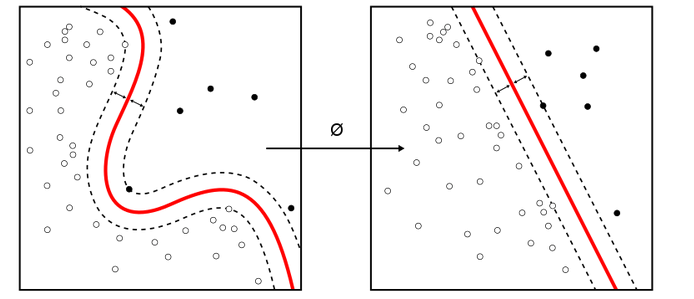
Unsupervised learning: the algorithm is not provided with any pre-assigned labels for the training data. As a result, unsupervised learning algorithms must first self-discover patterns in the training data set. Common examples include clustering, where the algorithm automatically groups its training examples into categories with similar features.
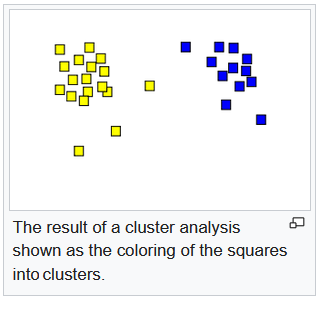
Reinforcement learning: the program learns by improving, thanks to a reward system. This method resembles motivational learning used in animal husbandry. The more points the algorithm gets for following a direction or performing an action, the more it strengthens its decision.
- Deep learning AI
Deep learning is a kind of machine learning based on artificial neural networks. Artificial neural networks (ANNs), usually simply called neural networks (NNs), are computing systems inspired by the biological neural networks that constitute animal brains. An ANN is based on a collection of connected units or nodes called artificial neurons, which loosely model the neurons in a biological brain. Each connection, like the synapses in a biological brain, can transmit a signal to other neurons. An artificial neuron receives a signal then processes it and can signal neurons connected to it. Signals travel from the first layer (the input layer) to the last layer (the output layer), possibly after traversing the layers multiple times.
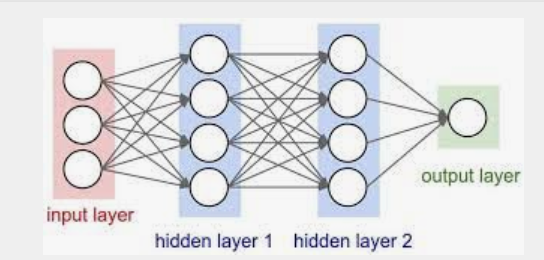
IMPLEMENTATION OF AI
All the approaches described previously use several algorithms based on digital math methods of calculation such as linear regression, k nearest neighbors, etc. Most of these math methods are not understandable for a secondary school pupil.
The programs related to these algorithms are installed in the memory of the robot or on remote servers accessed by internet.
A robot is like a computer, a central processing unit runs an operating software like ROS that manages the robot operation. Sensors or vocal commands for example trigger events that are associated to the algorithm programs, the operating system launch the programs whenever the event occurred.
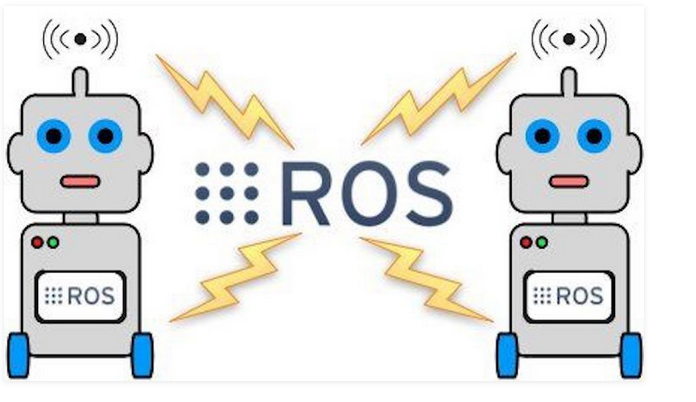
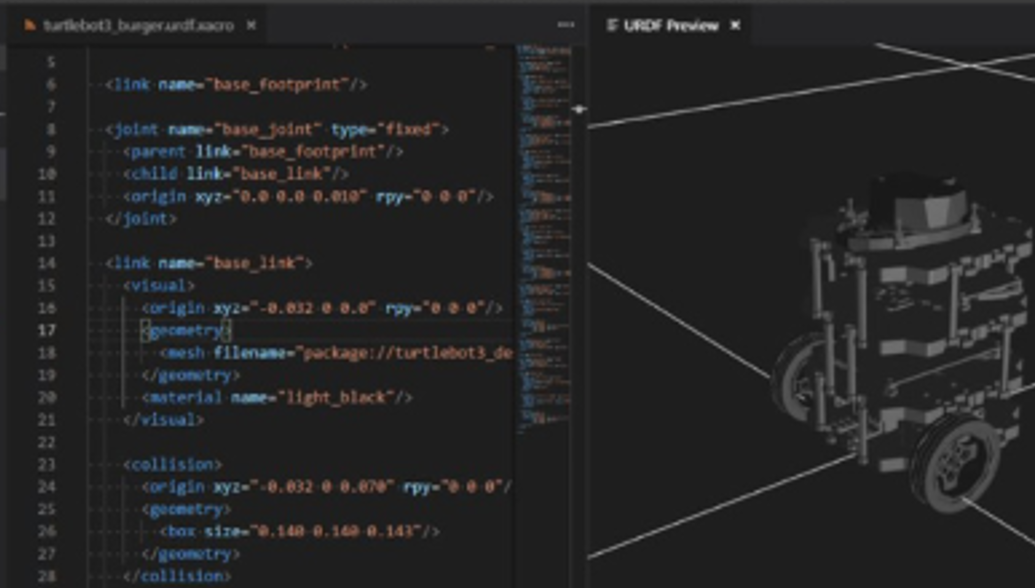
WHAT IS INSIDE A ROBOT?
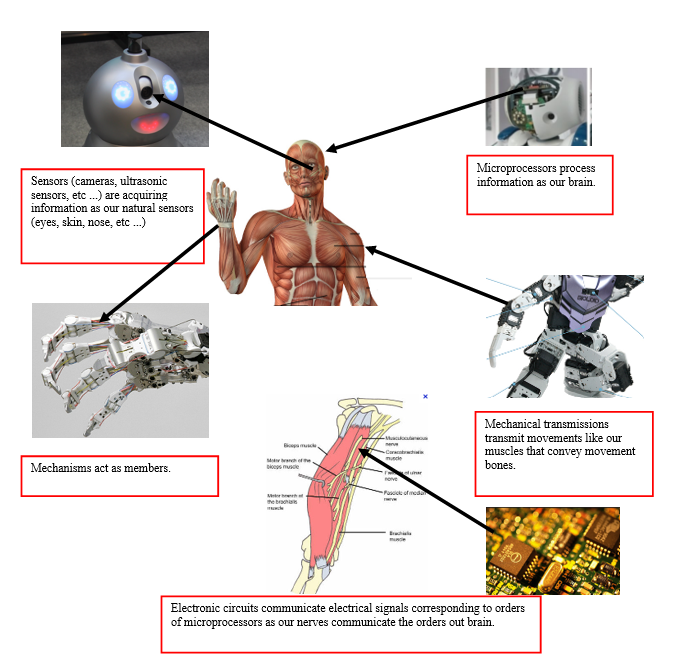
ECONOMY OF ROBOTICS
The Global Robotics Market was valued at USD 27.73 billion in 2020 and is expected to reach USD 74.1 billion by 2026
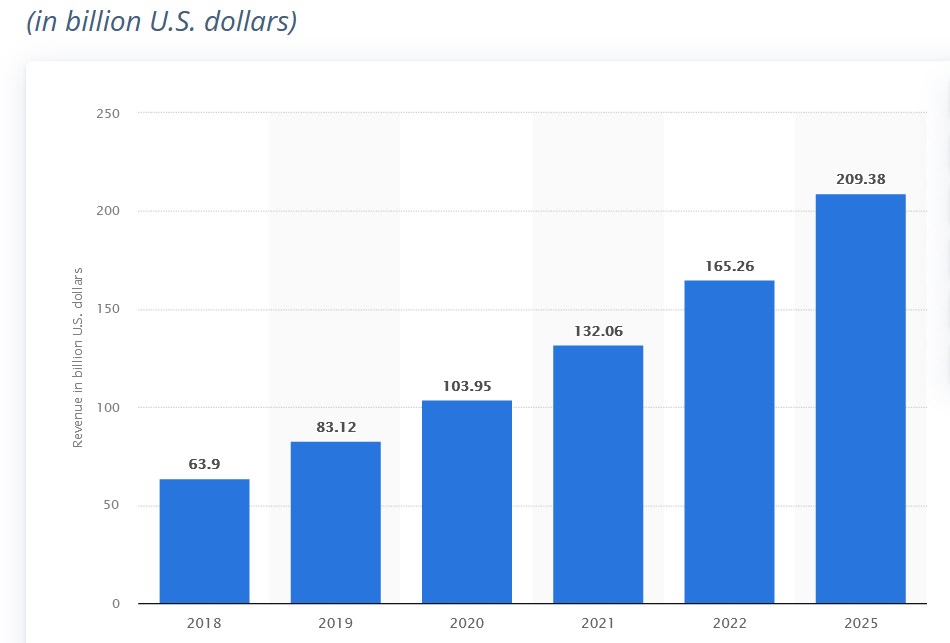
Google, Microsoft, IBM, Intel, or Amazon corporations are involved in this market. In a robot, there is a multitude of technologies that relate to the GAFAM’s skills: WiFi transmission, voice recognition, spatial and biometric sensing, artificial intelligence, etc.
- Robots and jobs
Robots could take over 20 million jobs by 2030, study claims
robots and other computer-assisted technologies take over tasks previously performed by labor, there is increasing concern about the future of jobs and wages.
Using a model in which robots compete against human labor in the production of different tasks, one shows that robots may reduce employment and wages, across industries. We estimate large and
robust negative effects of robots on employment and wages across commuting zones.
Article taken from the US national bureau of economic research report
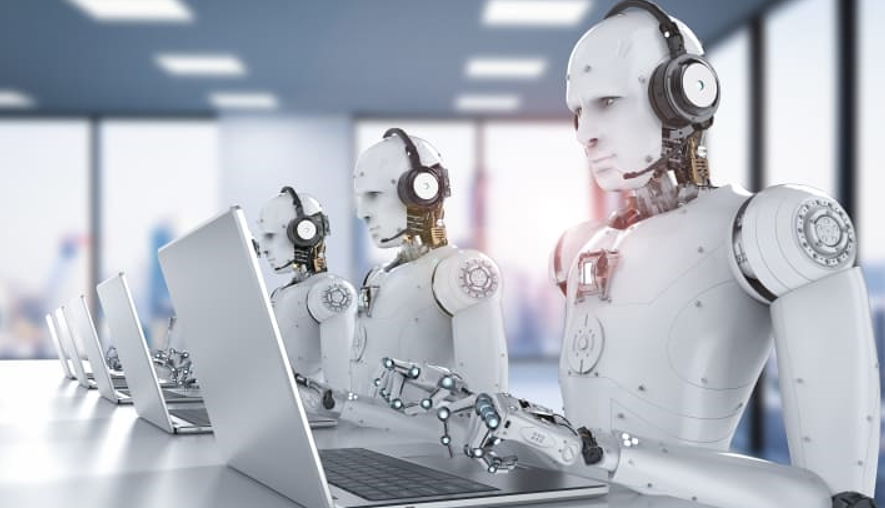
Created with the Personal Edition of HelpNDoc: Easily create iPhone documentation